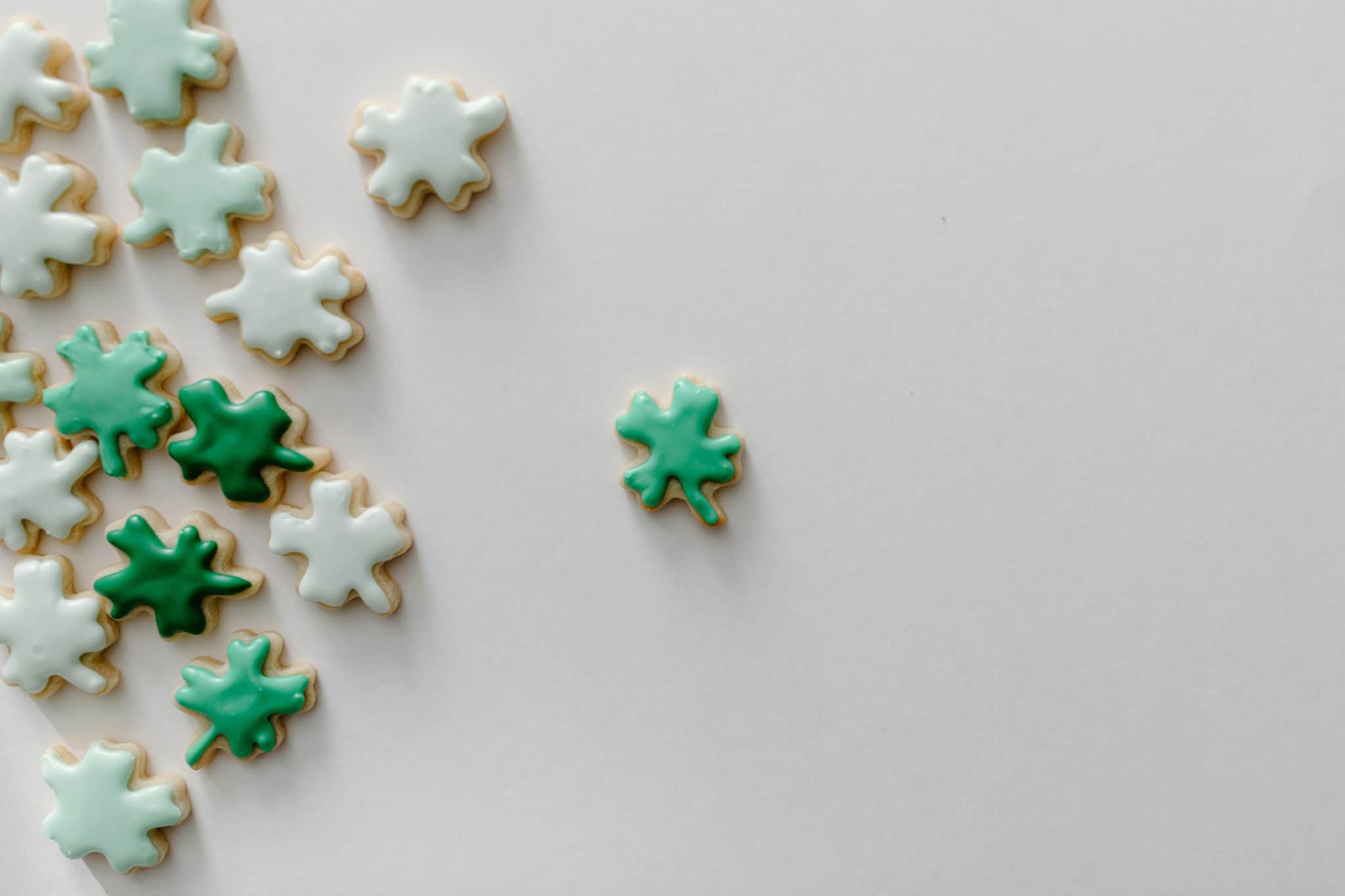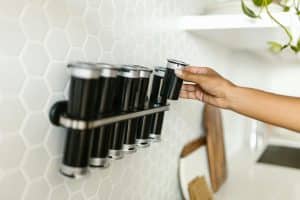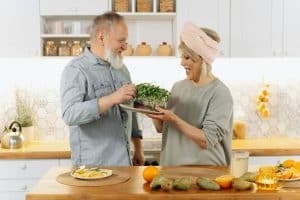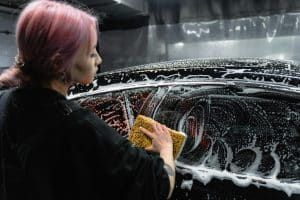Kitchen Design Psychology: How Cooking Spaces Affect Mood and Behavior
The kitchen is often referred to as the heart of the home. It is the place where families and friends gather to share meals, stories, and laughter. But the kitchen is not just a functional space for cooking and eating. In fact, its design and layout can have a profound impact on our mood and behavior. From colors and lighting to layout and organization, kitchen design psychology plays a crucial role in creating a space that is both visually appealing and emotionally stimulating. In this article, we delve into the world of kitchen design psychology to understand how cooking spaces affect our mood and behavior.
Creating a Relaxing Retreat with Colors
Colors have the power to influence our emotions and behavior. In the kitchen, colors can play a significant role in setting the mood for cooking, dining, and entertaining. For a calming and serene cooking space, incorporating shades of blue or green can be a great choice. These colors are known for their soothing and relaxing qualities. On the other hand, warm tones like red, yellow, and orange can stimulate our appetites and create an inviting and energetic atmosphere.
However, it’s important to strike a balance when choosing colors for your kitchen. Too much of any color can have a negative impact on our mood. For instance, too much red can make the space feel overwhelming and agitating, while too much blue can create a cold and uninviting vibe. Opting for neutral or muted colors for the walls and cabinets and adding pops of bold colors through accessories and kitchen gadgets can create a harmonious and balanced cooking space.
Lighting that Sets the Tone
Lighting is another crucial element of kitchen design psychology that can significantly influence our mood and behavior. The right lighting can create a relaxing and comfortable atmosphere, while poor lighting can have the opposite effect, leaving us feeling stressed and uncomfortable. When it comes to kitchen lighting, incorporating a mix of general, task, and mood lighting can help create a dynamic and inviting space.
General lighting, such as overhead fixtures, can provide ample light for everyday tasks and create an overall well-lit space. Task lighting, on the other hand, can help focus light on specific areas of the kitchen, such as the countertops and stove, making it easier to prep and cook meals. Lastly, mood lighting, such as dimmers or under-cabinet lighting, can add a touch of warmth and ambiance to the space, making it perfect for intimate dinners or late-night snacks.
Layout and Psychology of Socialization
The layout of a kitchen can play a significant role in how people interact and socialize while cooking and dining. A kitchen with an open layout, where the cooking and dining area are combined, encourages communication and socialization between the cook and the guests. This design can make cooking a more enjoyable and interactive experience rather than a solitary chore.
Additionally, a well-designed kitchen layout can also influence our eating habits. Placing healthy food items at eye level and keeping unhealthy snacks out of sight can subconsciously encourage us to make better food choices. A kitchen with efficient storage solutions and easy-to-reach utensils and cooking tools can also help reduce stress and frustration while cooking, making it a more enjoyable experience.
An Organized Kitchen for a Calm Mind
The state of our kitchen’s organization can also have a significant impact on our emotions and behavior. A cluttered and disorganized kitchen can create a feeling of chaos and stress, making cooking and dining a less pleasant experience. On the other hand, a well-organized kitchen can evoke a sense of order and control, reducing stress and promoting a calm and positive state of mind.
When designing a kitchen, it’s essential to incorporate storage solutions that fit your unique needs and cooking habits. For instance, if you enjoy meal prepping, having designated areas for prepping, cooking, and cleaning can help streamline the process and make it a more enjoyable experience.
In Conclusion
The kitchen is more than just a space for cooking and eating. Its design and layout can significantly impact our mood and behavior, from colors and lighting to organization and layout. Creating a kitchen that is both visually appealing and emotionally stimulating can enhance our cooking and dining experience and foster a sense of joy and relaxation in our homes. By incorporating the principles of kitchen design psychology, we can create a space that not only meets our practical needs but also contributes to our overall well-being.










